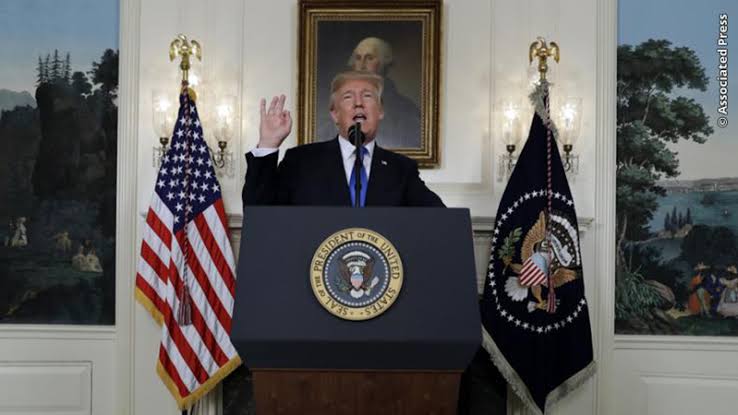Washington, July 9 — US President Donald Trump on Tuesday dramatically expanded his trade offensive, announcing plans to impose a hefty 50% tariff on imported copper and threatening steep new levies on semiconductors and pharmaceuticals moves likely to rattle markets and global trade partners further.
Speaking during a cabinet meeting at the White House, Trump declared that the United States would soon move forward with 10% tariffs on imports from Brazil, India, and other BRICS nations, adding to fresh tariff warnings already sent to 14 trading partners, including major US suppliers like South Korea and Japan.
The President’s latest salvo could inject fresh uncertainty into the global economy, already strained by waves of tariffs since Trump began his aggressive trade push.
Copper futures in the US surged over 10% following Trump’s remarks. The metal, essential for sectors ranging from electric vehicles to defense and consumer goods, would join a list of products already facing tariffs, including steel, aluminum, and automobiles. However, the administration did not specify when the new copper tariffs would take effect.
Meanwhile, pharmaceutical stocks dropped amid Trump’s threat to impose a 200% tariff on drug imports although he indicated such measures might be delayed for about a year.
In another signal of escalating trade tensions, Trump said seven new tariff notices would be issued Wednesday, with more expected later the same day. “It’s about time the United States of America started collecting money from countries that were ripping us off,” he told reporters, accusing trading partners of exploiting the US for years.
While he insisted trade talks with the European Union and China were proceeding well, he added that he could send a tariff letter to the EU within days. EU officials have been scrambling to finalize concessions to protect exports, including aircraft, medical devices, and spirits, before Trump’s threatened August 1 deadline.
German Finance Minister Lars Klingbeil warned Tuesday that the EU is ready to retaliate if no fair agreement is reached. “If we don’t reach a fair trade deal with the US, the EU is ready to take counter measures,” Klingbeil said in the Bundestag.
Japan, facing the prospect of a 25% tariff on its automobiles, has made it clear it will not sacrifice its agricultural sector for an early deal. South Korea, also under threat of a 25% tariff, announced plans to intensify negotiations to secure a “mutually beneficial result.”
While Washington and Beijing agreed to a trade framework in June, critical details remain unresolved ahead of an August 12 US deadline. Trump nonetheless expressed optimism, saying relations with Chinese President Xi Jinping were strong.
In addition to copper, semiconductors, and pharmaceuticals, Trump announced a series of tariff hikes on various nations: 25% on Tunisia, Malaysia, and Kazakhstan; 30% on South Africa and Bosnia and Herzegovina; 32% on Indonesia; 35% on Serbia and Bangladesh; 36% on Cambodia and Thailand; and 40% on Laos and Myanmar.
US research group Yale Budget Lab estimated that the effective US tariff rate has risen to 17.6% the highest since 1934 following Trump’s latest announcements. Treasury Secretary Scott Bessent said the tariffs have already generated about $100 billion in revenue and could bring in $300 billion by year’s end.
Financial markets reacted with caution. The S&P 500 closed slightly lower Tuesday after selling off sharply on Monday when news of Trump’s tariff threats first emerged.
Trump Threatens Sweeping New Tariffs on Copper, Chips, and Drugs Amid Global Trade Tensions

